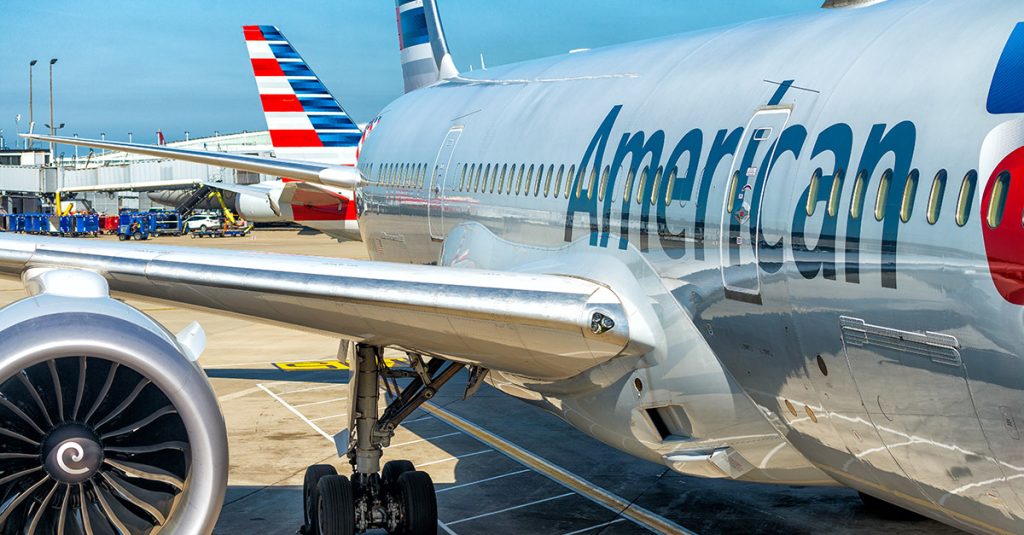American Airlines recently revisited its New Distribution Capability (NDC) strategy, realising the need for a more inclusive approach with travel management companies (TMCs).
This decision stemmed from significant financial repercussions and feedback from stakeholders, prompting a strategic pivot to regain partners’ trust and enhance business performance.
American Airlines initially implemented NDC technology with the intent to modernise its booking channels. However, this approach overlooked the integration challenges faced by travel management companies (TMCs) and agents, leading to a fractious relationship between American Airlines and its trade partners. The abrupt withdrawal of fares from Global Distribution Systems (GDSs) further exacerbated the issue.
Market reactions were swift and critical. Many industry observers noted how the aggressive strategy alienated key partners and customers, raising concerns about American Airlines’ market positioning.
‘We dug ourselves a hole,’ admitted CEO Robert Isom, indicating the need for rapid adjustment. The company now plans to make necessary modifications to its distribution strategy.
By promoting cooperation and offering more favourable terms, American Airlines aims to rectify earlier missteps and improve stakeholder relations.
This awareness has spurred American Airlines to refine their technical support capabilities, ensuring that their partners can successfully adopt and manage NDC technology.
By prioritising mutual growth, American Airlines hopes to maintain its innovative edge while also valuing its partnerships.
The emphasis on collaboration rather than coercion exemplifies a significant change in strategy, potentially reshaping its market dynamics.
American Airlines’ recent adjustments to its NDC strategy reflect an important shift in focus towards collaboration and balance.
By acknowledging past missteps and prioritising partnership, the airline sets a precedence for future strategies that align with industry needs.

